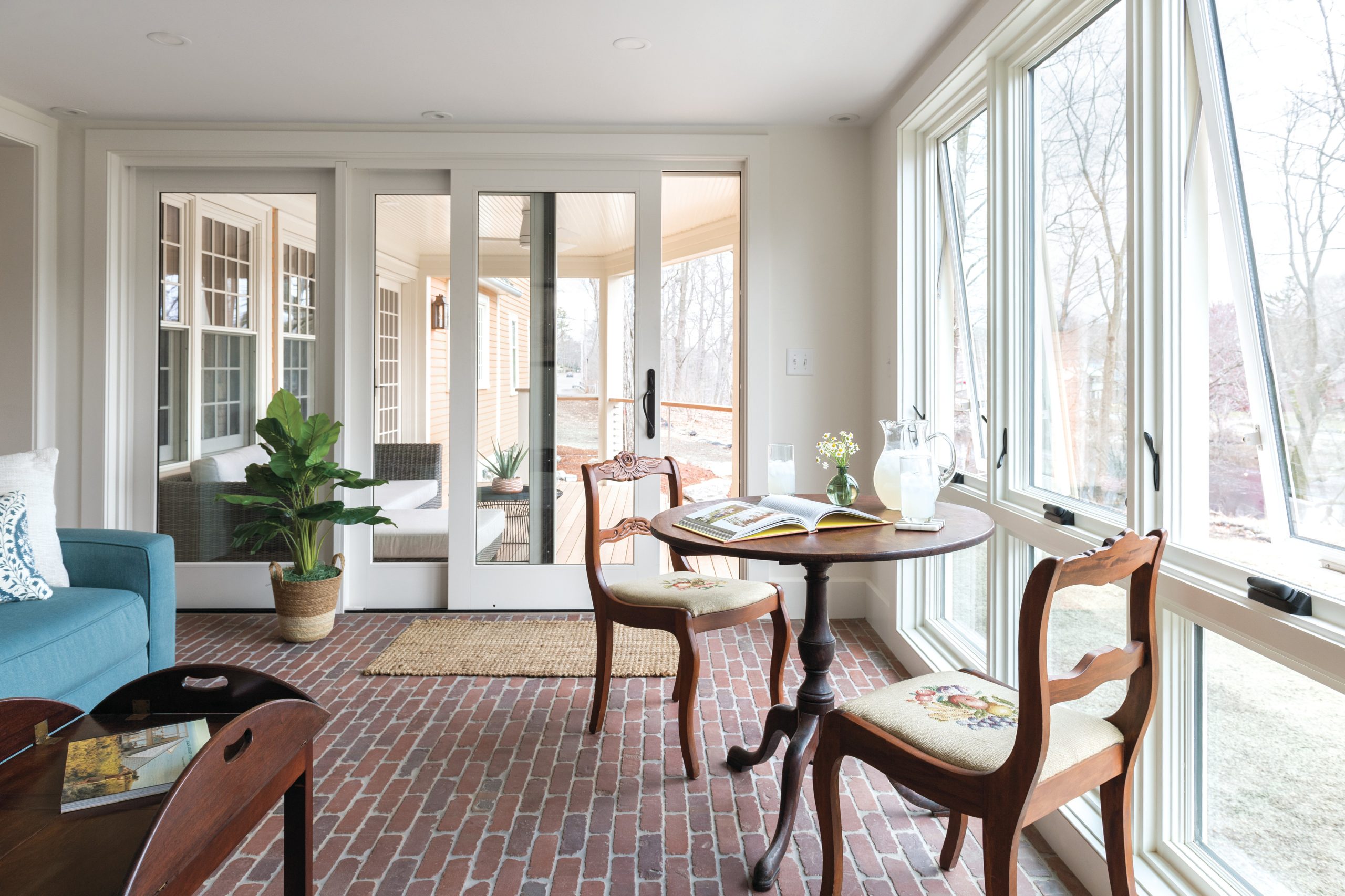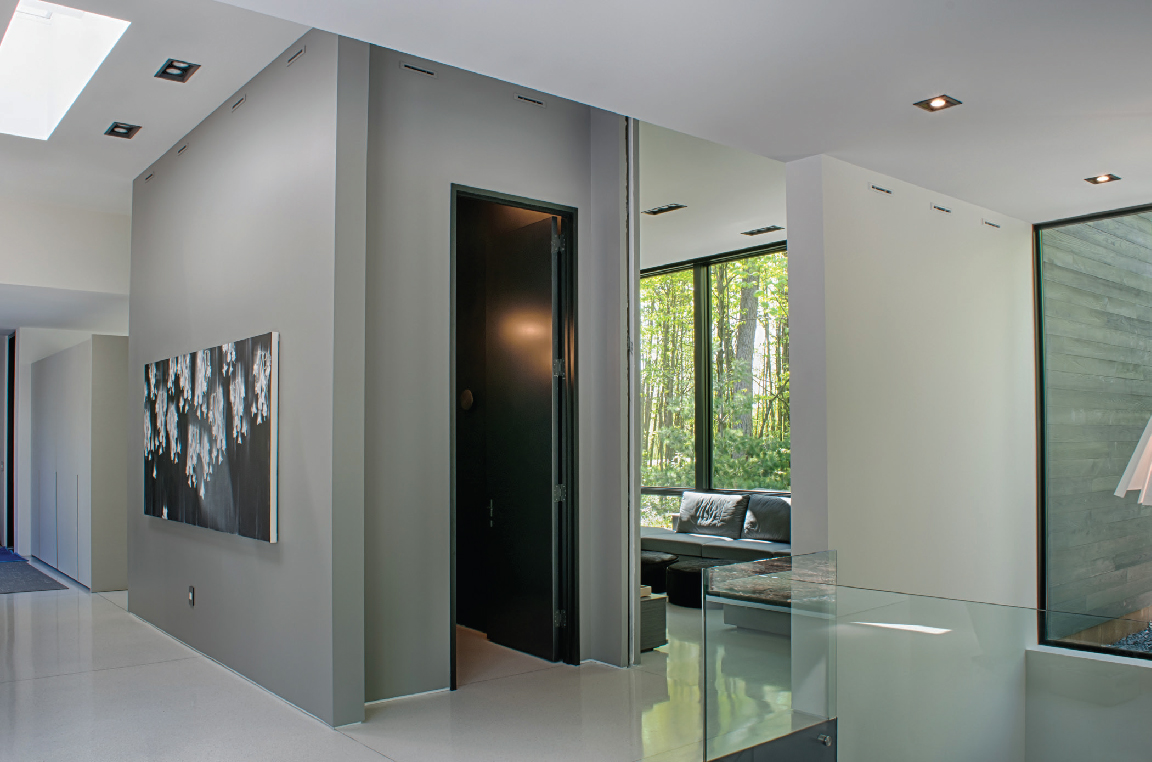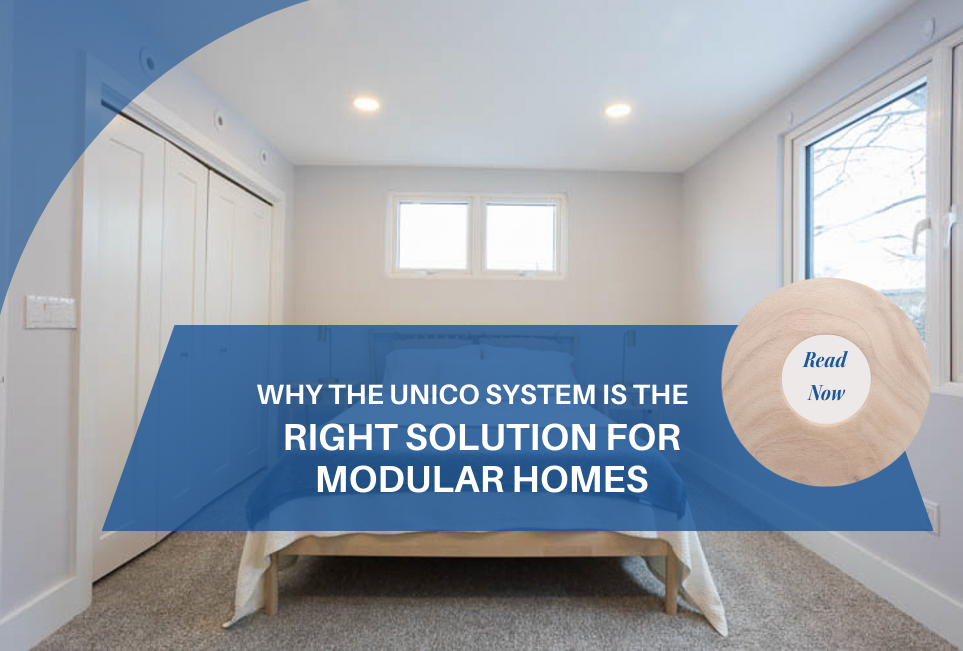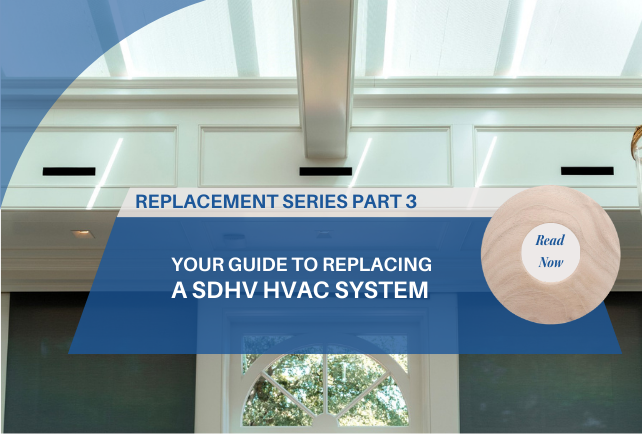HVAC Replacement Series Part 1: Your Guide to Replacing a Traditional HVAC System
April 11, 2024

Did you know that according to the U.S. Department of Energy, roughly 3 million HVAC systems are replaced each year? With so many of these projects happening, it’s important for homeowners, contractors and builders to have the information needed to make the best replacement decision. In this first post of our three-part blog series on HVAC system replacement, we’re taking a closer look at traditional systems.
Join us to learn about when it’s time to replace a traditional HVAC system, how their performance compares to other options, and more!
An Overview of Traditional HVAC Systems
With a traditional HVAC system, one of the biggest advantages they offer is being budget friendly. Homes due for a heating and cooling makeover will often go with a traditional HVAC unit because they know what to expect. Plus, if a home has existing ductwork built into the infrastructure, these systems can be installed with limited hassle and downtime.
Unfortunately, traditional HVAC systems have a few drawbacks as well. For starters, they’re not the most energy-efficient option for homes. These units don’t condition the entire room evenly since air is dumped into the space usually from one vent. This leads to uneven temperatures, which causes a traditional HVAC system to run longer as it works to catch up to the thermostat. It’s also important to note that these systems take up a lot of space, which can make adding on or upgrading them more challenging.
When Should You Replace a Traditional HVAC System?
One of the best ways to figure out if your HVAC system needs to be replaced is looking at how much is being spent per year on repairs and maintenance. If you’re spending $1,000 to $1,500 on upkeep in a year, it’s time to consider replacing the system. Other signs that indicate it’s time to swap out your system include:
• Seeing your monthly energy bills rise
• Rooms in your house have uneven temperatures
• The current HVAC system is always running
• Your HVAC system is more than 10 years old
At the start of the replacement process, you’ll want to take a close look at your home to see what other improvements need to be made to support a new HVAC system. For example, if your home still has the original windows, you may want to upgrade them to help reduce temperature loss.
What Goes Into Replacing a Traditional HVAC System?
When it’s time to replace a traditional HVAC system, there are a few essential steps you’ll want to take. First, knowing what type of new system you would like to replace it with is helpful. This will give you insight into whether existing ductwork or other aspects of a home’s infrastructure need to be upgraded or repaired. Older homes might need new electrical hookups installed to accommodate modern HVAC equipment, for example.
It's also common for the return and/or intake ducts to be resized to be compatible with modern equipment. With older homes, there’s a strong chance that the home itself was designed for heat only when it was first built. With a new system, consider whether there are any upgrades that need to be put in place to allow for better cooling. In fact, some HVAC brands can help with this through system design services. By reviewing your home’s plans, Unico offers a free service that includes a system design and estimated materials list.
The Unico System is the Best Choice for Replacing a Traditional HVAC System
Did you know that The Unico System fits in any space? No matter what the layout of your home, The Unico System can be installed without re-working the interior design and structure. In fact, it takes up roughly one-third the space of a traditional HVAC unit. Instead of dumping air into a room and creating uneven temperatures, The Unico System uses aspiration to create a more comfortable living environment. The small-duct, high-velocity outlets create a gentle suction that pulls the room air into its own air stream.
When you choose The Unico System to replace a traditional HVAC unit, you don’t have to worry about it clashing with existing décor. Outlets can be made specifically to match the interior design of your home. They can also be installed in ceilings, floors or sidewalls, making the outlets less invasive and barely noticeable.
Find a Unico Preferred Contractor to Replace Your Traditional HVAC Unit
If you need to replace a traditional HVAC unit, The Unico System is the perfect choice. You can put a Unico unit in almost any out-of-the-way space due to its modular and customizable design. Make the HVAC replacement process a breeze by finding a Unico Preferred Contractor in your area. Click here to get one step closer to having draft-free and even temperature comfort in every room.
Featured image TOH, Mike Casey
Need Help With Your Next Project?
Have a historic retrofit or a custom home project? Unico offers FREE Design Services for all of your upcoming projects.
Contact UsRelated Resources
You May Also Like
We'd love to hear from you
Do you have a project worth sharing in a Unico case study or a topic that would be perfect for The Outlet blog? We'd love to hear your thoughts and suggestions.
Submit a Case Study


